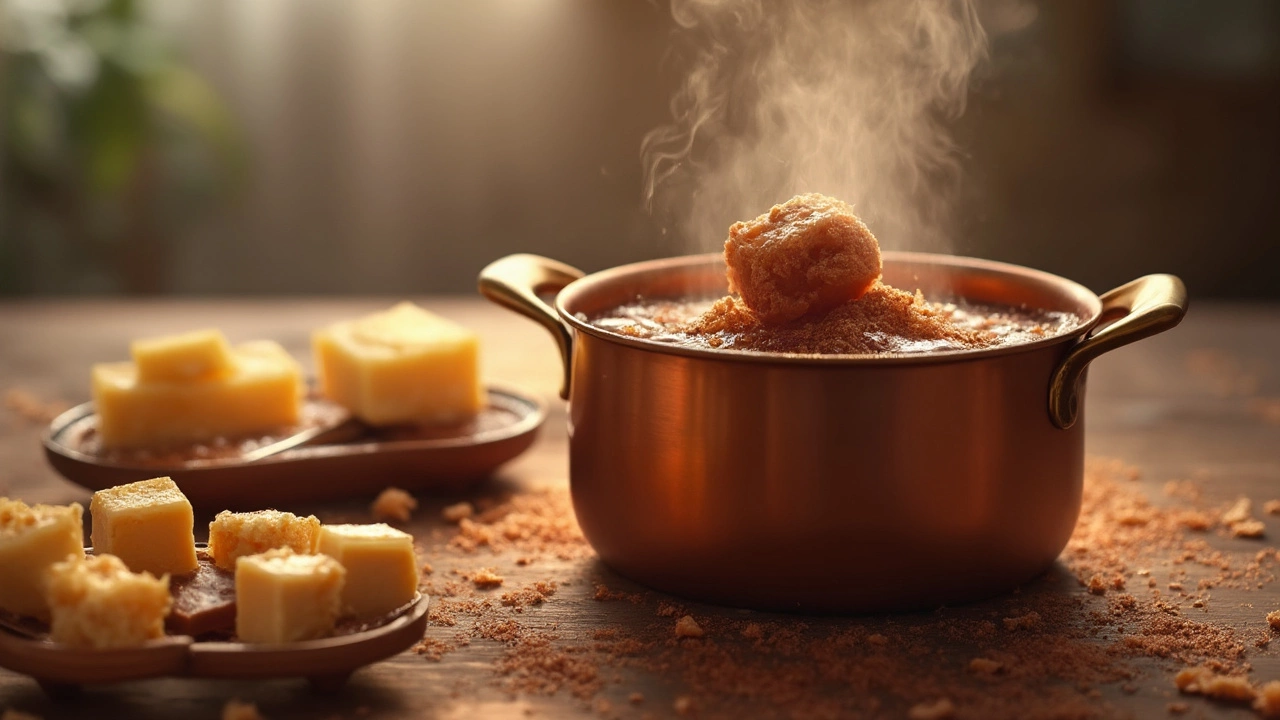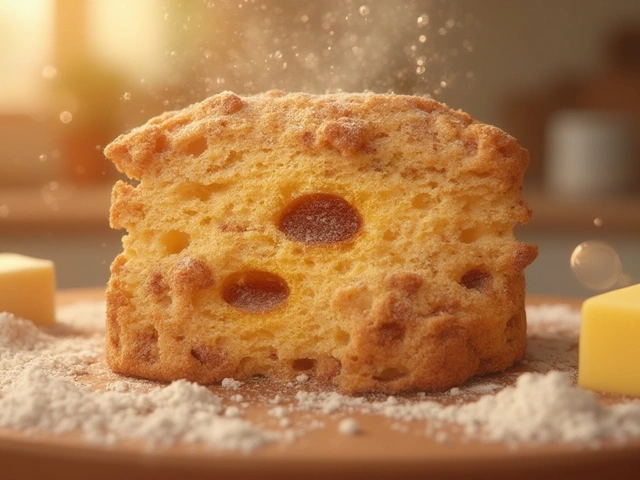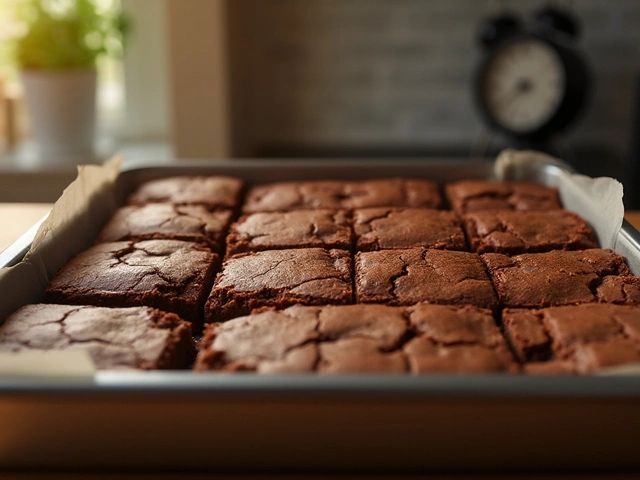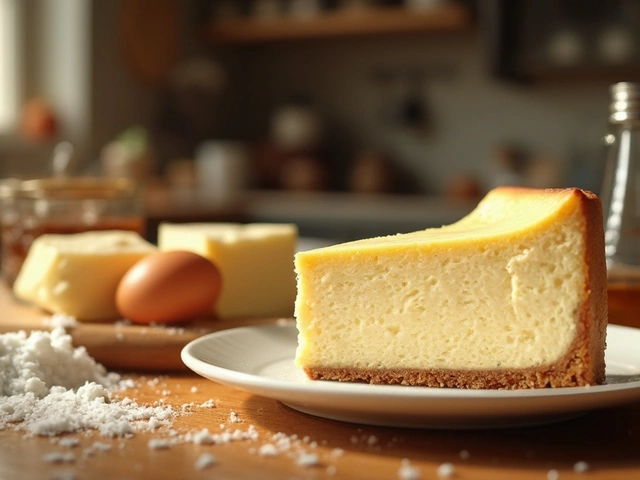Fudge Taste: Secrets to Rich, Creamy Flavor Every Time
If you’ve ever bitten into a batch of fudge that tasted flat or chalky, you know how disappointing it can be. The good news is that great fudge flavor isn’t magic – it’s a mix of a few key ideas that anyone can follow. Below you’ll find the basics that make fudge taste buttery, sweet and unforgettable, plus a couple of quick tricks you can add to your routine.
What Affects Fudge Flavor?
The first thing to look at is sugar. Grain‑size sugar dissolves faster, giving a smoother texture and a cleaner sweet taste. If you use coarse sugar, you’ll end up with a grainy bite that masks the butter and chocolate flavors.
Butter is the next star. Real butter adds a rich, dairy‑forward flavor that shortens can’t imitate. When you melt the butter, do it low and slow – high heat can brown the butter and add a nutty note that not everyone wants in classic chocolate fudge.
Temperature is the hidden driver of taste. Hitting the soft‑ball stage (around 235‑240°F or 112‑115°C) is where the sugar crystals start to form the right size. Too low and the fudge stays crumbly; too high and it turns hard and bitter. A candy thermometer takes the guesswork out of this step.
Flavorings like vanilla, espresso, or a pinch of salt can lift the whole batch. Add them after you remove the pan from the heat; high heat can burn delicate flavors. If you’re using cocoa powder, choose a high‑quality Dutch‑process for depth, or a natural cocoa for a brighter bite.
Simple Tricks for Better Tasting Fudge
1. Cool gradually. After you reach the soft‑ball stage, let the mixture sit for a minute or two before stirring. This lets the temperature even out and reduces the chance of grainy texture.
2. Stir the right way. Use a wooden spoon or silicone spatula and stir slowly until the mixture thickens and loses its shine. Over‑stirring can cause the sugar to re‑crystallize, making the final fudge gritty.
3. Use a pinch of corn syrup. Adding a tablespoon of light corn syrup helps prevent large sugar crystals, keeping the taste smooth and consistent.
4. Season to taste. A tiny pinch of sea salt right before the fudge sets can brighten the chocolate flavor and balance the sweetness. It’s a trick bakers use in ice cream, and it works just as well in fudge.
5. Store properly. Once the fudge has cooled, cut it into squares and wrap each piece in parchment paper. Keep them in an airtight container at room temperature. Too much moisture will make the fudge soft and foggy, while a dry environment can make it hard.
Putting these ideas together, you’ll notice a clear jump in how your fudge tastes. It won’t just be sweet; it will feel buttery, rich, and just the right amount of chocolatey. The next time you make fudge, focus on the sugar type, watch the temperature, and add a pinch of salt. You’ll end up with a batch that tastes as good as it looks, and you’ll finally understand why some fudge just hits the spot while other batches fall flat. Happy fudging!

Why Does Fudge Taste Like Fudge? The Secret Science Behind Creamy Perfection
Discover what truly gives fudge its unique flavor and texture. Explore the science, essential steps, and tips for lush, creamy fudge every time.
View More




